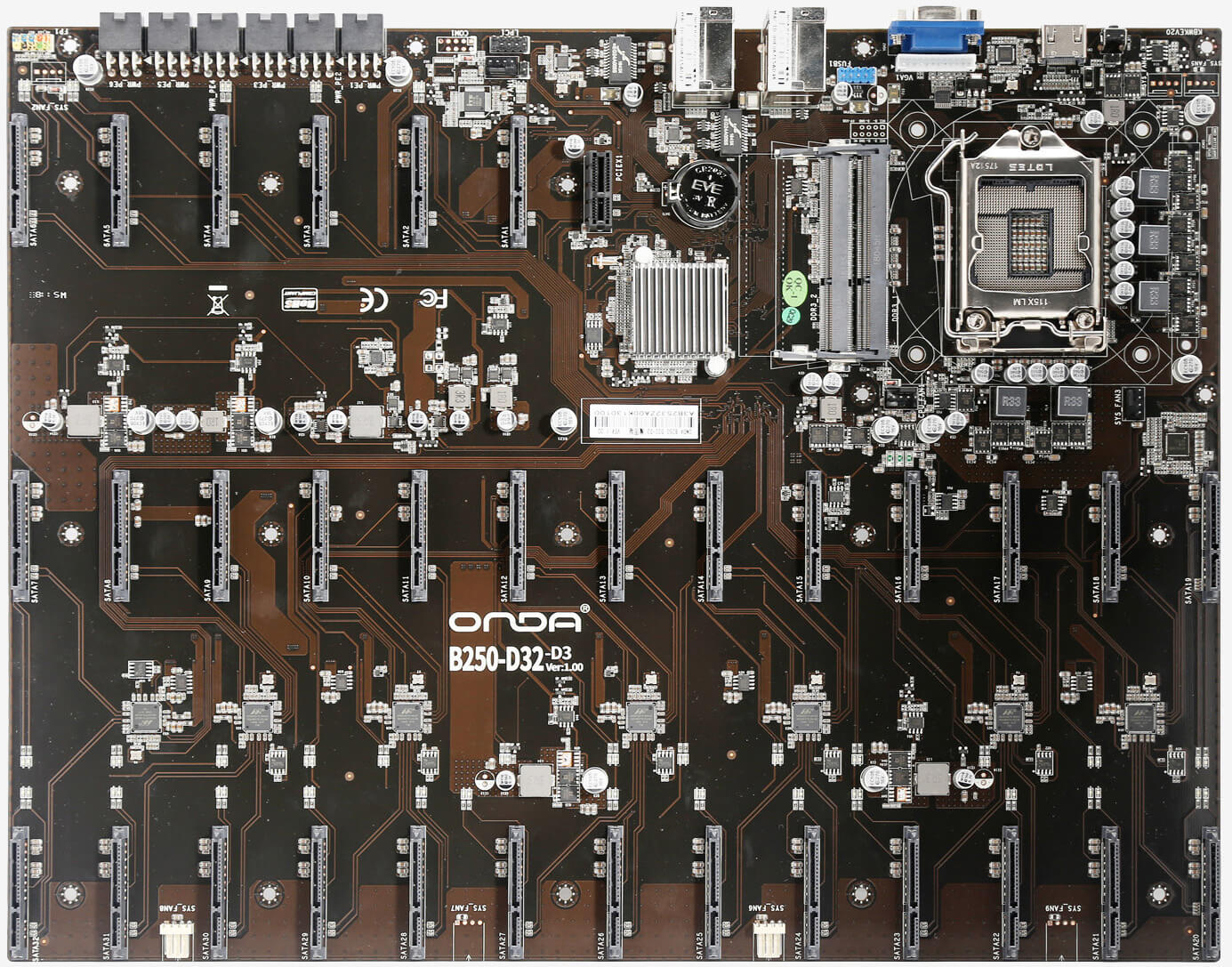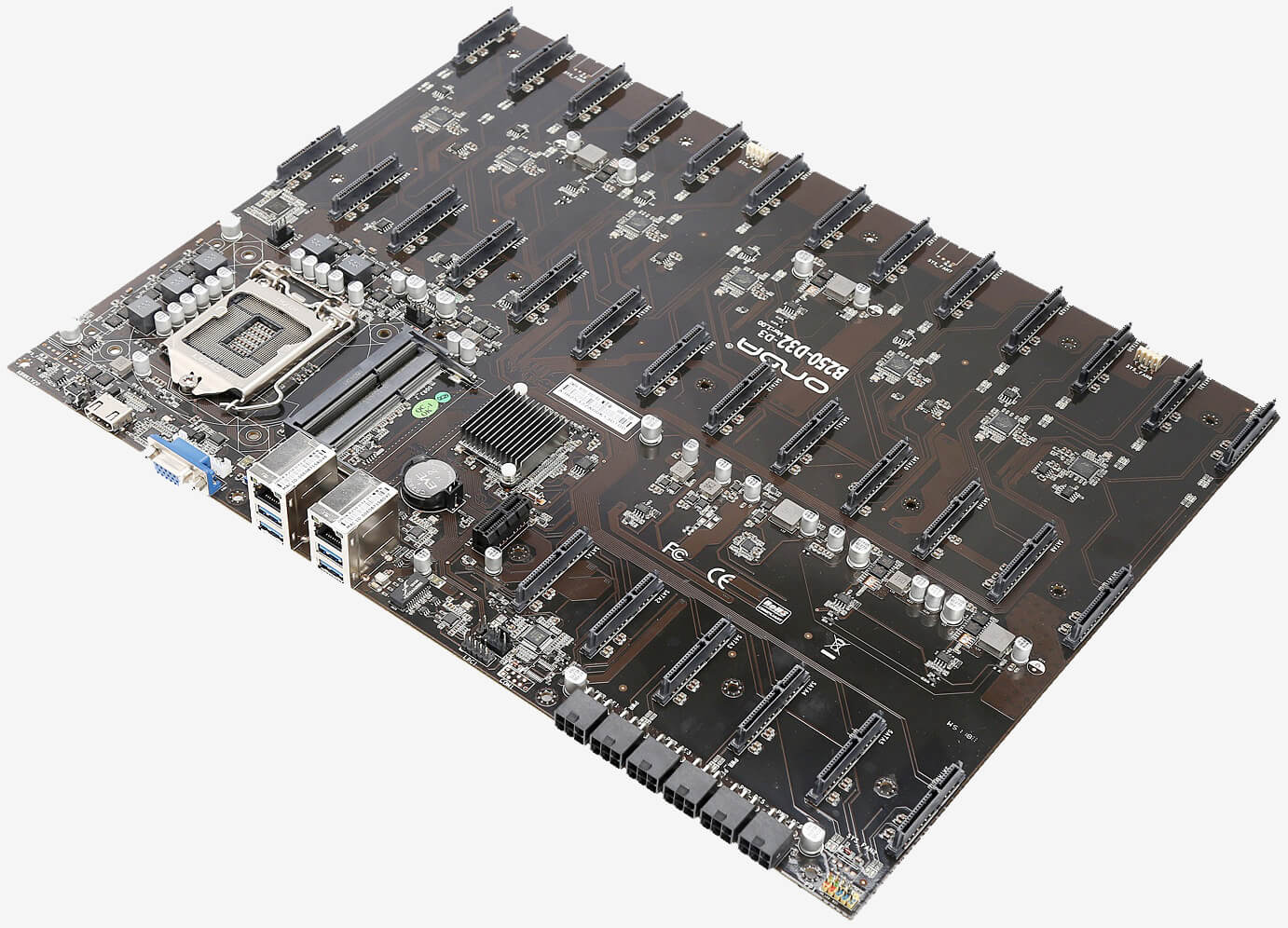In brief: When I got my first computer just over two decades ago, it felt as though I’d never be able to fill up the massive 20GB IDE hard drive it shipped with. Of course, my storage needs grew over the years as interests expanded (I got into photography, for example) but so too did the size of available drives.

There was a brief and unusual backstep with the introduction of solid state drives roughly a decade ago but things are more or less back on track now. And heck, with streaming music and video services as well as cloud storage providers, some are finding their storage capacity requirements have actually decreased.
But if for some bizarre reason you demand an overwhelming amount of onboard storage, Chinese motherboard maker Onda has you covered. The company’s B250 D32-D3 features a staggering 32 SATA ports (and yes, it looks just as ridiculous as it sounds) that are almost certainly driven by a third-party I/O controller.

The oddities don’t end there, however, as the socket LGA 1151 board doesn’t have a 24-pin power connector, instead opting to what appears to be a six-pin PCIe power connector. Other, more standard features, include a single PCIe x1 slot, two SO-DIMM slots and a USB 2.0 header; around back, you’ll find dual Ethernet ports, one HDMI port, four USB 3.0 ports and a VGA connector.
I’m drawing blanks as to any practical purposes for a motherboard of this nature but surely Onda has some specialty clients that’ll find it handy for around $465.
https://www.techspot.com/news/81936-storage-wars-motherboard-packs-staggering-32-sata-ports.html